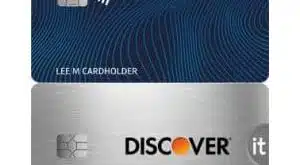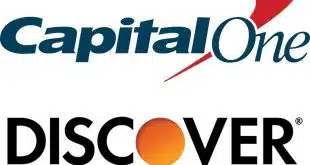With the payments industry working against an implementation deadline that’s less than eight months away, networks and issuers are looking more closely at just how ready cardholders are for Europay-MasterCard-Visa (EMV) chip cards.
The latest research from MasterCard Inc. indicates some 60% of consumers are now at least aware of EMV cards, a 10-point improvement from 2013. Meanwhile, 15% say they would change banks if their current bank didn’t offer the chip cards, up from 9%, and nearly one-third prefer to shop at merchants that accept the newfangled plastic, which relies on an embedded microprocessor to lock down card credentials.
In usability studies the network has conducted, 87% of consumers indicated they are comfortable using EMV cards. In the studies, where consumers are given a card and asked to use it in an EMV terminal, 6% inserted the card incorrectly. With EMV, the card must be inserted and left for a short time in the terminal, rather than swiped. Some 27% pulled the card out too soon.
“Old habits die hard,” said Carolyn Balfany, group head for U.S. product delivery at MasterCard. Balfany on Wednesday presented the results of the consumer survey and usability tests at a smart card conference in Salt Lake City, Utah. Eight percent of the consumers committed the same error on the second try.
Pointing to these results, Balfany said most consumers quickly pick up on the subtleties of EMV. “After the first failed attempt, they get it on the second chance,” she noted. Speaking to Digital Transactions News, Balfany said those surveyed numbered in the thousands, while the series of four usability studies included a few hundred consumers.
In other results from the survey, 40% of consumers said they wanted a debit chip card, and 35% a credit chip card, “immediately.” “When they say immediately, they mean now,” Balfany told the audience at the conference, which was organized by the Smart Card Alliance, a Princeton Junction, New Jersey-based trade group.
By 2014, many of these consumers had likely been influenced by the data breach at Target Corp. and other major retailers. “A lot of customers pre-breach didn’t know what this EMV thing is about,” observed Dana Karzan, director of customer segment growth and engagement at Citigroup Inc. Karzan spoke after Balfany.
Further evidence of the influence of these breaches shows up in consumers’ preference for PINs. Some 56% said they wanted a PIN with their EMV debit card, while 40% wanted one with an EMV credit card, according to the MasterCard survey. This is up from 37% who indicated a PIN preference for either type of card in 2013.
Issuers and acquirers have until Oct. 1 to convert to the EMV standard. After that date, the party that is not prepared for EMV will assume responsibility for any counterfeit or lost-and-stolen losses.
Karzan said more than half of Citi’s card portfolio has been converted to EMV after about 18 months of re-issuance and promotion. She said the bank expects to have “nearly” all cards enabled by the end of the year. Re-issuance has been on a “natural” cycle, occurring as existing cards expire. “We decided to keep it on a natural re-issue as much as possible,” she said. “That’s not as disruptive to the customer.”
While MasterCard found a substantial minority of consumers prefer PINs on credit cards, Citi decided to issue its EMV credit cards with signature authentication instead of PINs. The reason, Karzan said, is that the bank is concerned with liability for counterfeit fraud, which is higher in its portfolio than losses from lost or stolen cards. With signature verification, Citi could get the new cards out sooner. “Timing was an issue,” said Karzan.




